From 1877, he began a career as a portrait painter and from 1880 became one of the official painters of the Third French Republic, author of frescoes (decor of the Hôtel de Ville in Paris), ceilings (central ceiling of the South Gallery of the Petit Palais, Paris) and other monumental works dealing with historical subjects (Le 14 juillet 1880, inauguration du monument à la République, circa 1882, Petit Palais, Musée des Beaux-Arts of the city of Paris; Le Président Carnot à Versailles pour le centenaire des Etats-généraux, Versailles, Musée de l'Histoire de France).
At the same time, he is attached to the representation of everyday life and the intimate, giving pride of place to the female figure (Baigneuses, 1888; Femme nue au milieu de branchages, jeunesse, Bordeaux, musée des beaux-arts; En été, femme au chien, Paris, Petit Palais; Louise Cattel, nurse, Lille, Palais des Beaux-Arts; Manda Lamétrie, farmer, 1887, Paris, Musée d'Orsay; Après le bal, 1886, Nantes, Musée d'Arts )
Many works by him are kept in French museums.
Our little Back Nude testifies to this intimate vein in which the woman occupies a prominent place, which will remain dear to the artist until her death as evidenced by this sensitive sketch dated the year of her death.










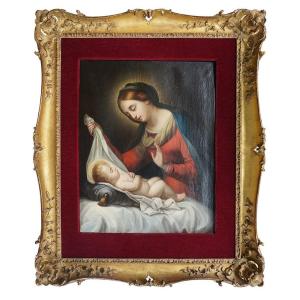





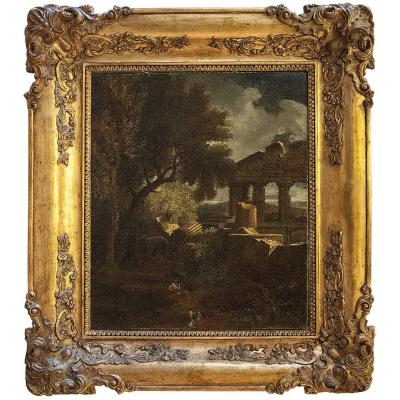


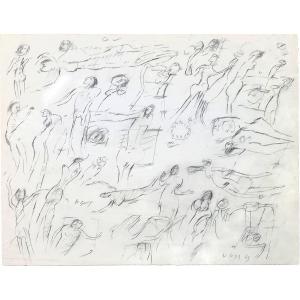
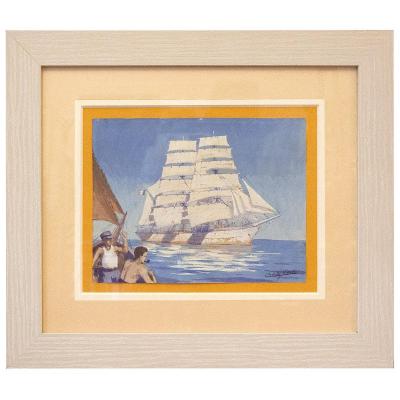
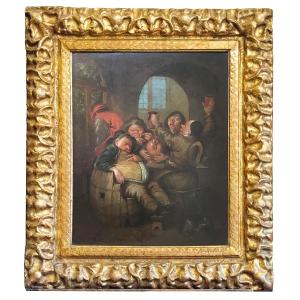




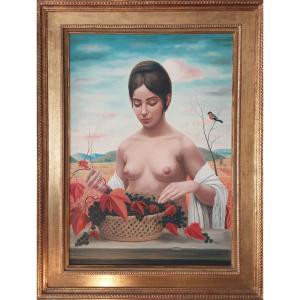

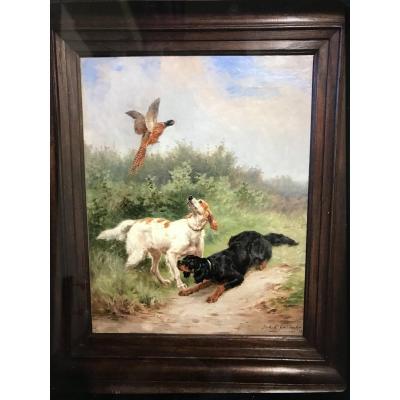




 Le Magazine de PROANTIC
Le Magazine de PROANTIC TRÉSORS Magazine
TRÉSORS Magazine Rivista Artiquariato
Rivista Artiquariato